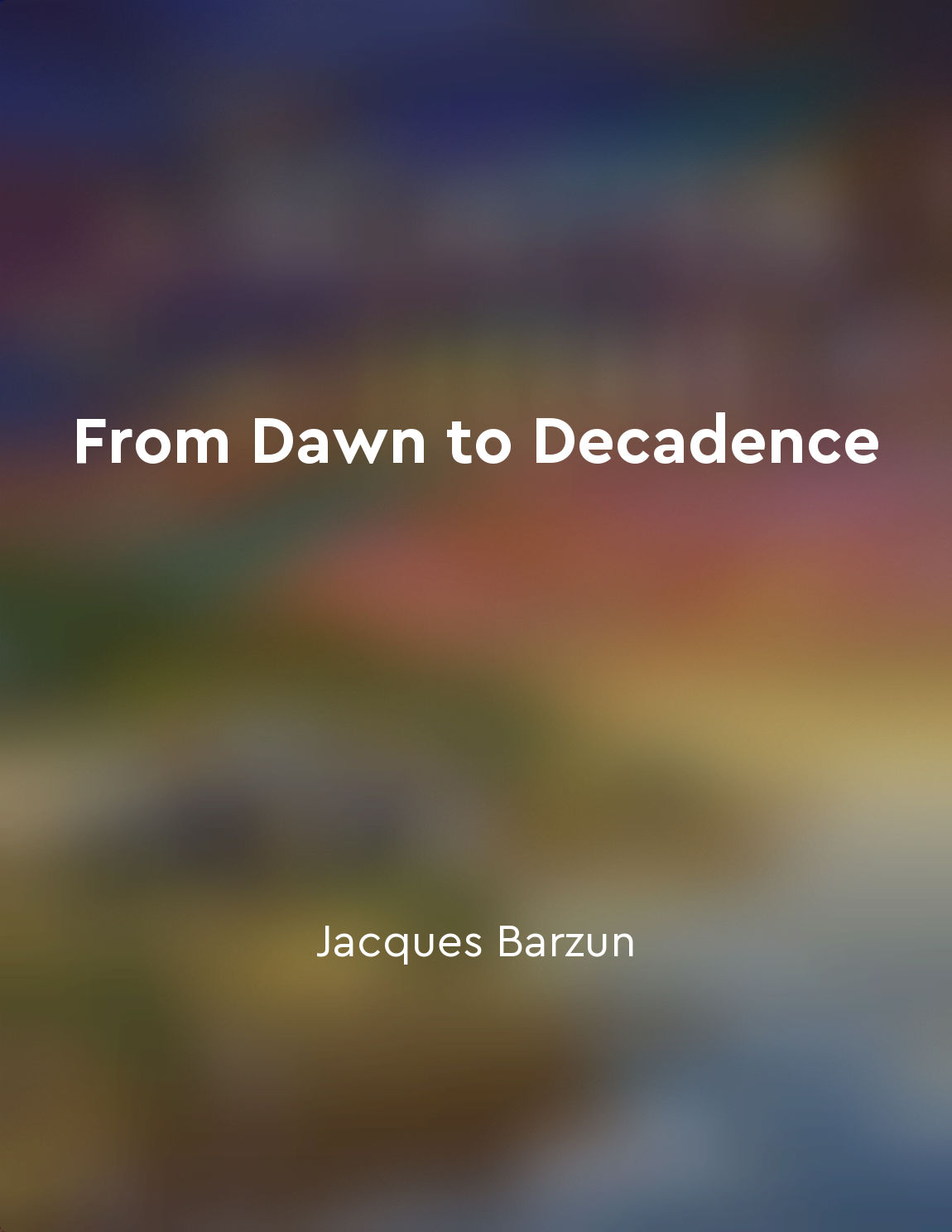Art can evoke strong emotions from "summary" of Your Brain on Art by Susan Magsamen,Ivy Ross
The experience of encountering a work of art can be a deeply emotional one. Whether we are looking at a painting, listening to music, or watching a dance performance, art has the power to evoke strong emotions within us. This ability of art to stir our feelings is a testament to its profound impact on the human brain. When we engage with art, our brains are not just passively receiving information - they are actively processing and reacting to what we see, hear, or feel. This process involves a complex interplay of neural pathways and chemical reactions that can lead to a wide range of emotional responses. We may feel joy, sadness, awe, or nostalgia, sometimes all at once. One reason why art can evoke such powerful emotions is its ability to tap into our memories and associations. Certain colors, shapes, or sounds may trigger memories from our past, bringing up feelings that we thought were long forgotten. This connection between art and memory can create a deeply emotional experience that resonates with us on a personal level. Another factor that contributes to the emotional impact of art is its ability to communicate universal themes and emotions. Regardless of our background or culture, we can all relate to feelings of love, loss, hope, or despair. When we see these emotions reflected in a work of art, it can create a sense of empathy and connection that transcends language and cultural barriers. In addition, the aesthetic qualities of art - such as its composition, texture, or rhythm - can also play a role in evoking emotions. The way in which a piece of art is arranged or structured can create a sense of harmony or discord that resonates with our own inner state. This visceral response to the formal elements of art can elicit powerful emotional reactions that are difficult to put into words.- The ability of art to evoke strong emotions is a testament to its profound impact on the human brain. By tapping into our memories, communicating universal themes, and engaging our senses, art has the power to move us in ways that are both deeply personal and universally relatable. The next time you encounter a work of art, pay attention to how it makes you feel - you may be surprised by the depth of emotion it evokes.
Similar Posts

The artist's creative process in evoking Rasa
The artist's creative process in evoking Rasa is a complex and nuanced endeavor that requires a deep understanding of Indian ae...
Seeking inspiration in the mundane and the extraordinary
Patti Smith's words flow seamlessly as she navigates through the ordinary and the exceptional, drawing inspiration from both re...
Share your creativity with the world
When we create, we are mirroring the Creator. We are co-creators with God, expressing our unique gifts and talents in the world...
Loss can change everything
The weight of loss can upend even the most carefully constructed life. It can sneak in like a thief in the night, stealing the ...
Death gives meaning to life's finite nature
One way to make sense of the brevity of human existence is to see it as a kind of narrative arc, with birth and death as its po...
The importance of selfdiscovery in finding happiness
In the deep recesses of our souls lie the key to unlocking the elusive treasure of happiness. It is through the journey of self...
Intuition is a source of liberation
Intuition, that mysterious faculty of the human mind, holds within it the power to liberate the individual from the constraints...

Responsibility and accountability are key to good governance
Governance is like steering a ship. Just as a captain is responsible for the safety of the ship and its passengers, a governmen...

The rise of modernism
The rise of modernism in the late 19th and early 20th centuries marked a significant departure from the traditional norms and v...

Impact of discoveries on society
The impact of discoveries on society is a fascinating topic to ponder. Throughout history, scientific breakthroughs and technol...

